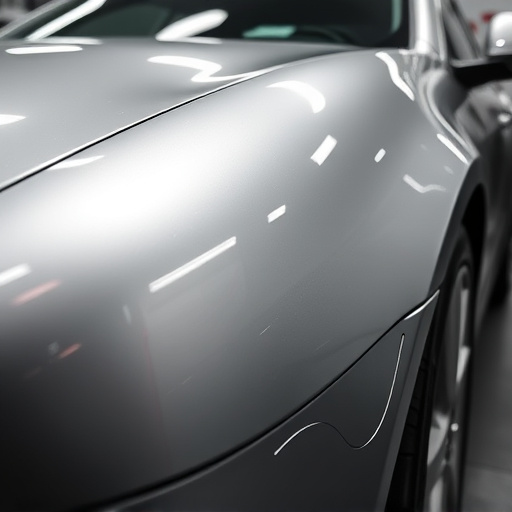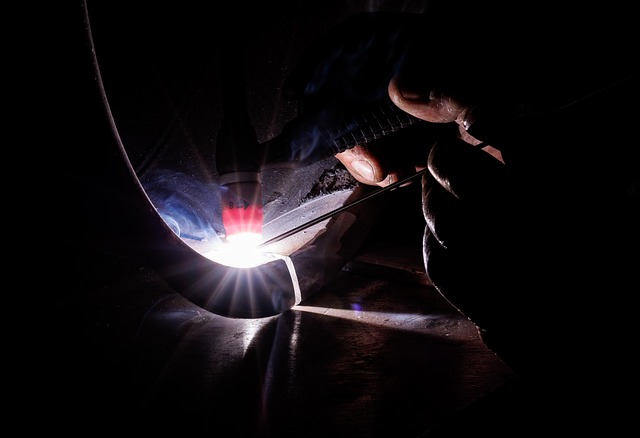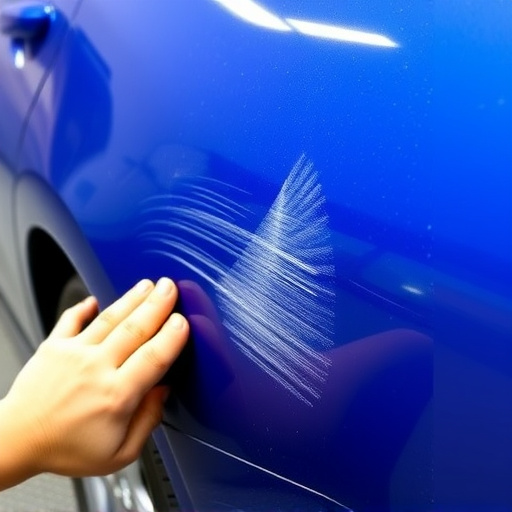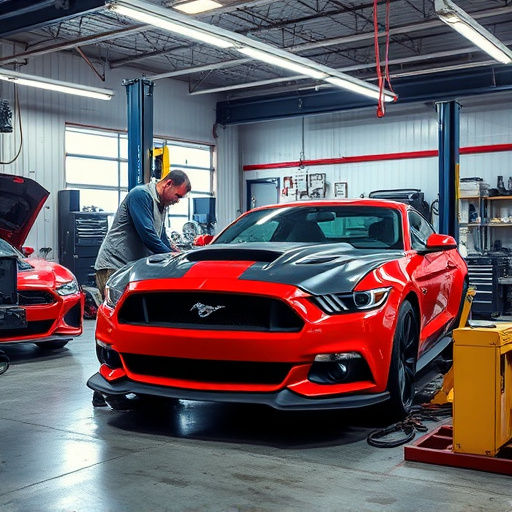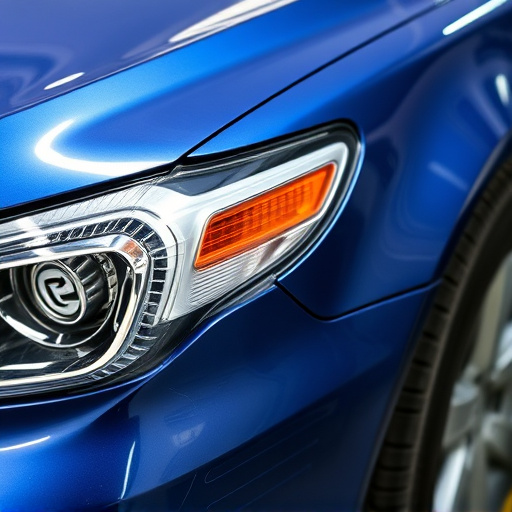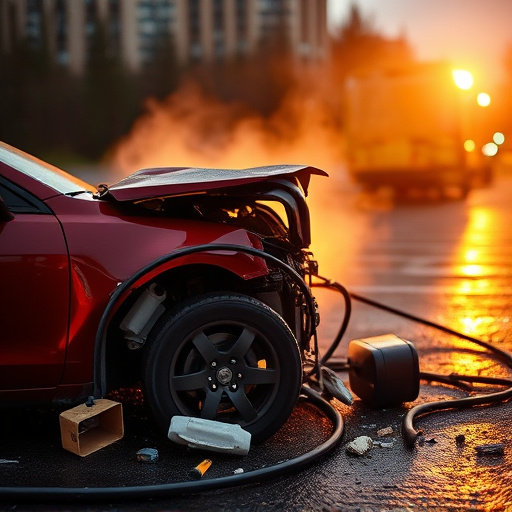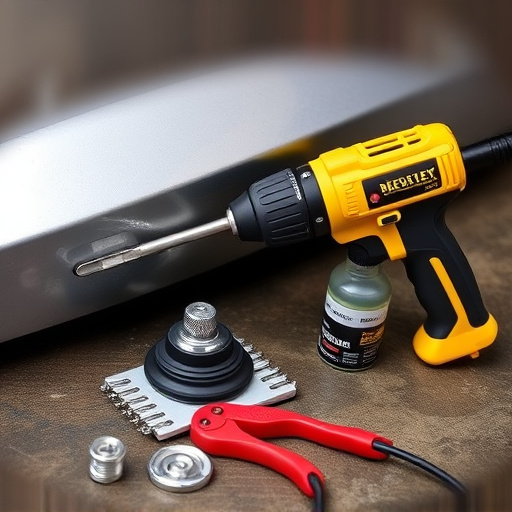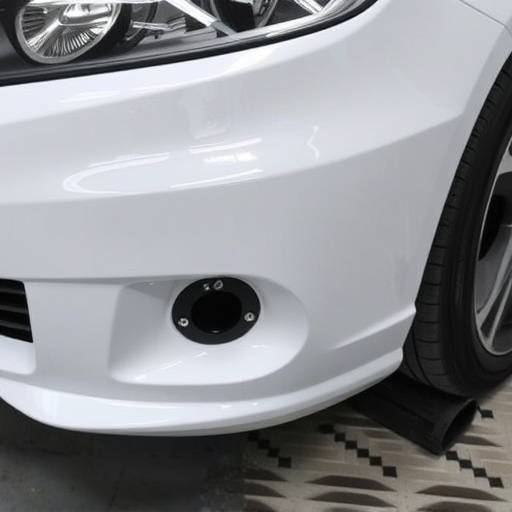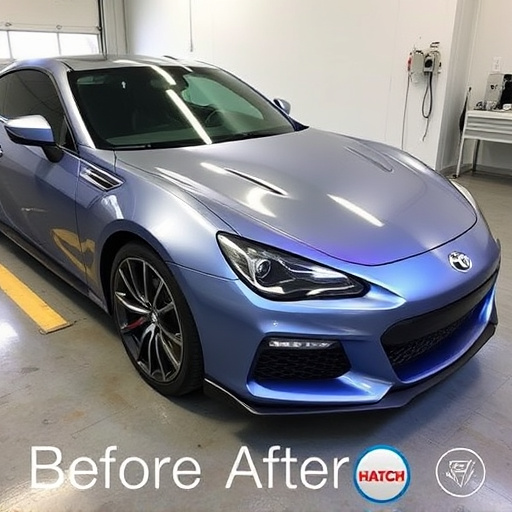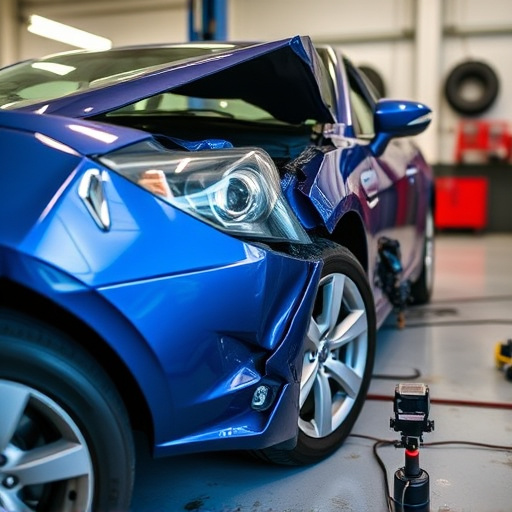Rain sensor glass, a modern car feature that activates wipers on moisture detection, requires specialized repair techniques due to potential issues from damage, debris, or improper maintenance. Careful preparation and precise steps are vital for safe and effective replacement during collision repairs, ensuring optimal weather detection performance.
“Uncover the secrets behind rain sensor glass repair with our comprehensive guide. Learn about this innovative technology and why it’s crucial for modern vehicles. Explore common issues like malfunction, fogged sensors, or water ingress and understand their root causes. By the end of this article, you’ll master the step-by-step repair process, ensuring your car’s safety features remain reliable. Gain practical knowledge on rain sensor glass repair today.”
What is Rain Sensor Glass?
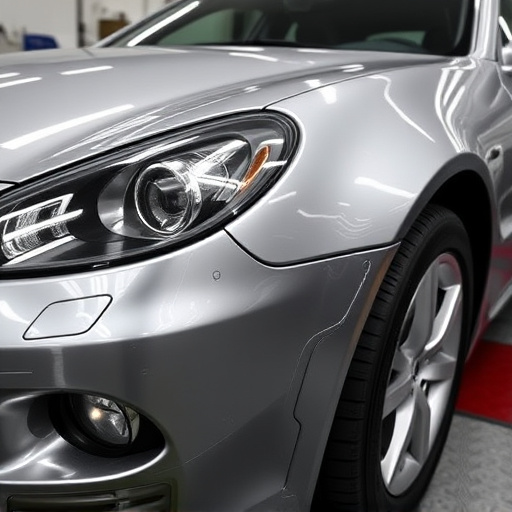
Rain sensor glass, also known as rain-sensing wiper technology, is an innovative feature found in modern vehicles designed to enhance safety and convenience during adverse weather conditions. This advanced system utilizes a sophisticated sensor or camera integrated into the vehicle’s windshield or headlamp assembly to detect moisture or raindrops on the glass surface. Once activated, it automatically deploys the windshield wipers at optimal speeds, ensuring excellent visibility for the driver even in heavy rainfall.
Understanding how this technology works is crucial when considering rain sensor glass repair. Unlike traditional manual or intermittent wiper systems, these sensors are delicate components that require precise calibration and maintenance to function optimally. Over time, factors such as vehicle collision repair, exposure to extreme weather conditions, or poor auto maintenance can impact the performance of the rain-sensing mechanism, necessitating specialized repairs to restore its effectiveness in keeping the driver’s line of sight clear during wet weather.
Common Problems and Causes
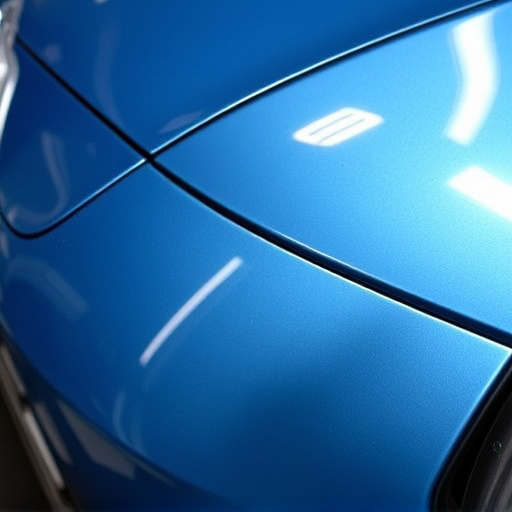
Rain sensor glass, a feature found in modern vehicles, can encounter several issues, often requiring expert intervention for repair. One of the most common problems is a cracked or scratched surface, which can impair the sensor’s ability to detect water properly. These damages are not only aesthetics but can also be caused by debris impact during accidents or harsh weather conditions.
Another frequent issue is sensor malfunction, leading to incorrect rainfall detection. This could result from internal damage due to bumper repair or collision events, where sensors might get dislodged or covered in debris. Even minor impacts may cause these delicate components to malfunction, underscoring the need for specialized care during Mercedes Benz collision repair processes. Proper scratch repair techniques are essential to ensure optimal sensor performance and reliable rain sensor glass repair.
Step-by-Step Repair Process
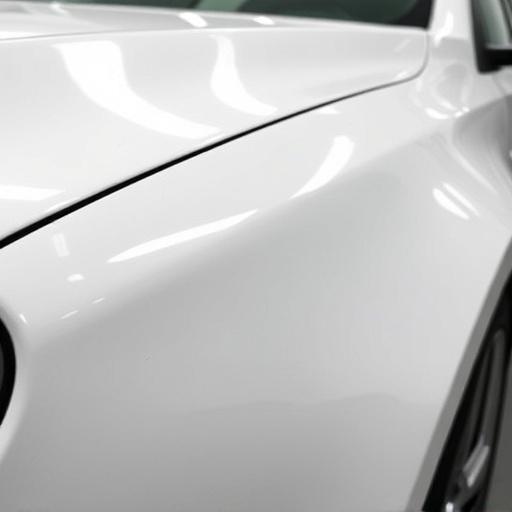
The process of repairing a rain sensor glass starts with meticulous preparation. First, ensure the car is securely parked and all electrical systems are turned off to avoid any accidents or short circuits during the repair. Next, gather your tools and materials including a replacement rain sensor glass, screwdrivers, gloves, and safety glasses. Disassemble the damaged glass by carefully removing screws and any retaining clips that secure it in place. It’s crucial to handle these components with care as they’re delicate.
Once the old glass is removed, inspect the frame for any debris or damage. Clean the area thoroughly and ensure it’s free from dust or grime. Install the new rain sensor glass by aligning it carefully within the frame and securing it with the appropriate screws or clips. Double-check that the sensor is correctly positioned to detect water and ensure its proper functionality before proceeding to auto painting if necessary. For those unfamiliar, this process falls under vehicle collision repair, specifically targeting car bodywork components like the rain sensor glass.
Understanding the intricacies of rain sensor glass repair can help you tackle common issues efficiently. By familiarizing yourself with the type of glass, potential problems, and a straightforward repair process, you can ensure your vehicle’s windshield remains clear and functional. Armed with this knowledge, you’ll be better equipped to maintain optimal visibility during all weather conditions, enhancing safety on the road. For minor damages, a DIY approach using rain sensor glass repair kits is feasible, but for more complex issues, professional assistance might be required.
